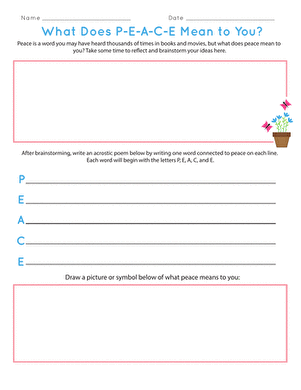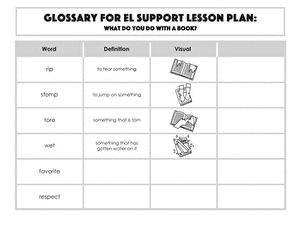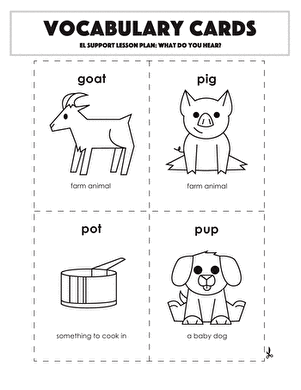Science project
Centigrade and Fahrenheit: What Do They Really Mean?
Grade Level: 7th to 9th; Type: Meteorology
Objective
Anders Celsius created the first centigrade scale for measuring temperature in 1742. See how centigrade and Fahrenheit work, and their relationship to each other.
Research Questions
- We measure temperature with thermometers, and we've all heard the terms "centigrade" and "Fahrenheit" tossed around, but what do they really mean? In this experiment, we'll find out.
Terms to Know
- Temperature
- Centigrade
- Fahrenheit
- Anders Celsius
Materials
- Double boiler
- Ice Water
- Spoon or stirrer
- Oven mitt and/or pot holder
- Stove or hot plate
- Thermometer that shows both centigrade and Fahrenheit
- Clock that shows seconds, or a stopwatch
- Paper and pencil Piece of graph paper
- Adult supervision
Experimental Procedure
- Write numbers down the left-hand side of your piece of paper, from 0-30 or so. Then create column headings for Centigrade and Fahrenheit.
- Fill the bottom of the double boiler about half full of water; you want the water to cover the bottom inch or so of the upper pot when you set it in place.
- Set the top of the double boiler in place and fill it about ¾ full of ice. Then add enough water to just cover the ice. Let it sit for a couple of minutes, stirring it every so often, until the water is very cold. Set it on the burner or hot plate (not turned on yet).
- Put the thermometer in the water. After about 30 seconds, take it out and read the temperature in both centigrade and Fahrenheit. Put the thermometer back in the water and record the temperature on your chart.
- Turn the stove or hot plate on, at about medium heat. Be very careful! From now on use the oven mitt or the pot holder every time you touch the pot and the thermometer; they will get hot enough to burn you very fast.
- Carefully check the thermometer every 60 seconds as the water heats up until it has been boiling for at least three minutes; record the temperature in both centigrade and Fahrenheit each time.
- Now use the piece of graph paper to make a graph of your observations. Put minutes along the x axis and degrees centigrade along the y axis. Notice at what point the temperature began to rise steadily, and at what point it leveled off again. That slope, or grade, is what Anders Celsius divided into 100 equal segments (“cent” = 100, grade = slope) to create the first centigrade scale for measuring temperature.
Bibliography
What’s Up? 45 Hands-On Science Experiments That Explore Weather, by B. K. Hixson, pp. 39-45 (Loose in the Lab Science Series, 2003).
Disclaimer and Safety Precautions
Education.com provides the Science Fair Project Ideas for informational purposes only. Education.com does not make any guarantee or representation regarding the Science Fair Project Ideas and is not responsible or liable for any loss or damage, directly or indirectly, caused by your use of such information. By accessing the Science Fair Project Ideas, you waive and renounce any claims against Education.com that arise thereof. In addition, your access to Education.com's website and Science Fair Project Ideas is covered by Education.com's Privacy Policy and site Terms of Use, which include limitations on Education.com's liability.
Warning is hereby given that not all Project Ideas are appropriate for all individuals or in all circumstances. Implementation of any Science Project Idea should be undertaken only in appropriate settings and with appropriate parental or other supervision. Reading and following the safety precautions of all materials used in a project is the sole responsibility of each individual. For further information, consult your state's handbook of Science Safety.
Education.com provides the Science Fair Project Ideas for informational purposes only. Education.com does not make any guarantee or representation regarding the Science Fair Project Ideas and is not responsible or liable for any loss or damage, directly or indirectly, caused by your use of such information. By accessing the Science Fair Project Ideas, you waive and renounce any claims against Education.com that arise thereof. In addition, your access to Education.com's website and Science Fair Project Ideas is covered by Education.com's Privacy Policy and site Terms of Use, which include limitations on Education.com's liability.
Warning is hereby given that not all Project Ideas are appropriate for all individuals or in all circumstances. Implementation of any Science Project Idea should be undertaken only in appropriate settings and with appropriate parental or other supervision. Reading and following the safety precautions of all materials used in a project is the sole responsibility of each individual. For further information, consult your state's handbook of Science Safety.















